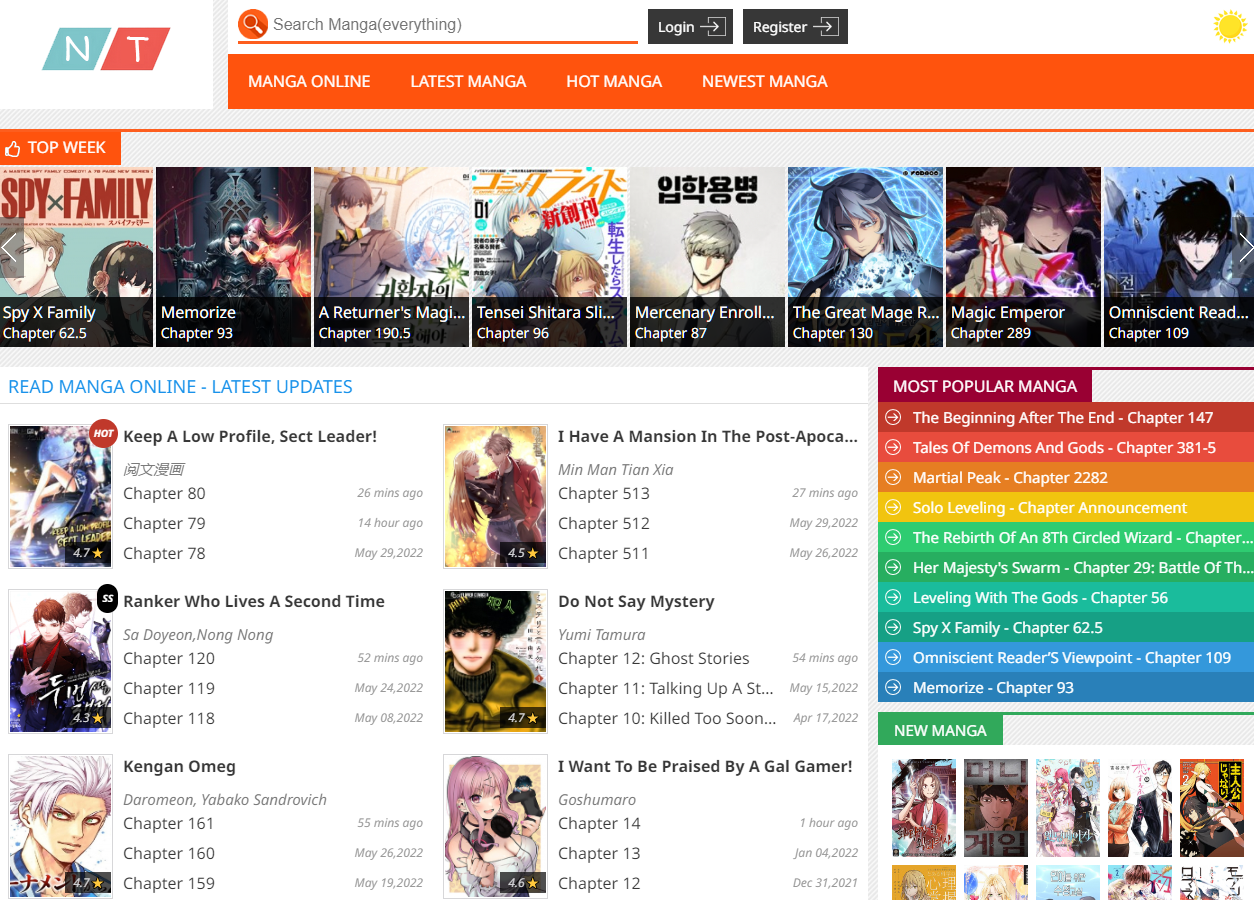🌟 Dịch Vụ Chất Lượng Cao 🌟
✓ 301 Redirect: Chuyển hướng domain an toàn, giữ nguyên giá trị SEO
✓ Guest Post: Đăng bài chất lượng trên các website uy tín
✓ Hỗ trợ tư vấn 24/7
✓ Báo giá cạnh tranh
✓ Thời gian xử lý nhanh chóng
📱 Liên hệ ngay qua Telegram: @subdomaingov
⚡ Hỗ trợ tư vấn miễn phí
read manga online
₫2.902.809
read manga online ©: A Treasure Chest of Free read manga online ©
Product description
Discovering the Intricacies of Manga Summary Dice - A Deep Dive into the Fascinating World
Manga summary Dice is an intriguing and multifaceted topic that captivates enthusiasts and newcomers alike. This article will explore various aspects of this theme, from narrative techniques to character development, allowing readers to appreciate the depth and artistry involved in manga storytelling.
The Unique Concept of Dice in Manga
In this section, we will delve into the symbolic significance of dice within manga narratives. The use of dice serves as both a literal and metaphorical tool in storytelling, influencing plot progression and character decisions.
Understanding Dice as a Narrative Device
Dice represent chance, luck, and unpredictability, making them a powerful narrative device in manga. Characters often face dilemmas where their fates hinge on the roll of the dice, leading to suspenseful and dramatic moments. This randomness can create tension, engaging readers as they await the outcome.
Within the context of manga, dice are not just simple gaming tools; they symbolize the players’ agency over their destinies. The act of rolling dice can reflect themes of fate versus free will, prompting readers to ponder whether characters control their lives or are merely pawns in a larger game.
Moreover, the introduction of dice elevates mundane scenarios into thrilling conflicts. By incorporating elements of chance, authors can keep readers on their toes, ensuring that every chapter feels fresh and unpredictable. This dynamic allows for richer storytelling and more profound character exploration.
Character Development through Gamification
The presence of dice in manga often leads to unique character development opportunities. When characters engage with the concept of risk-taking associated with dice, it sheds light on their personalities, motivations, and emotional growth.
For instance, a character who frequently rolls the dice may exhibit traits of impulsiveness and recklessness, while another who approaches the situation cautiously might demonstrate wisdom and strategic thinking. Through these contrasting behaviors, readers gain insights into each character’s psyche.
Additionally, the outcomes of dice rolls influence character arcs, driving them toward self-discovery or transformation. As characters navigate challenges dictated by chance, they confront personal fears, insecurities, and desires, ultimately enhancing their depth and relatability.
Thematic Implications of Chance in Storytelling
Beyond individual character journeys, the thematic implications of chance resonate throughout manga narratives enriched by dice. The existential questions raised by the randomness of dice rolls often mirror real-life uncertainties faced by individuals.
Themes of fate, destiny, and choice become central to the narrative, prompting readers to contemplate their own lives and decisions. Such thematic depth invites readers to engage with the story on a philosophical level, fostering a strong connection with the material.
Moreover, the intersection of chance and consequence offers fertile ground for moral dilemmas. Characters must grapple with the repercussions of their choices, revealing the complexities of human nature and the fine line between right and wrong.
Iconic Examples of Dice Usage in Manga
This section will highlight notable examples of manga that employ the concept of dice creatively, showcasing different interpretations and innovations related to this theme.
Analyzing "Kaiji: Gambler’s Paradise"
"Kaiji: Gambler’s Paradise" stands out as a prime example of how dice can shape a manga's narrative landscape. The protagonist, Kaiji Itou, navigates high-stakes gambling scenarios where every decision hinges on chance.
The incorporation of dice within the games amplifies the tension, allowing for unpredictable twists and turns that keep readers captivated. Kaiji’s journey is fraught with risks and rewards, reflecting the duality of fortune and misfortune inherent in life itself.
Furthermore, the psychological ramifications of gambling and chance play a pivotal role in character interactions. Kaiji’s encounters with fellow gamblers reveal their motivations, fears, and vulnerabilities, creating a rich tapestry of human experience that resonates deeply with audiences.
Exploring "Danganronpa"
"Danganronpa," known for its compelling narrative and psychological intrigue, employs dice as a metaphor for survival in a deadly game. Characters find themselves in life-or-death situations dictated by chance, forcing them to confront their morality and instincts.
The gameplay mechanics of "Danganronpa" echo the randomness of dice, emphasizing the unpredictability of human behavior. As characters navigate their circumstances, the stakes escalate, heightening the tension and pushing them to their limits.
The representation of chance in "Danganronpa" serves as a commentary on the fragility of life and the ethical dilemmas faced when survival is at stake. Readers are thrust into a world where every decision counts, mirroring the uncertainty present in their own lives.
Reflecting on "Gambling School" (Kakegurui)
In "Gambling School," also known as "Kakegurui," dice take center stage as students engage in high-stakes games that determine their social standing and future. The manga explores the thrill of risk and the psychological strategies employed by characters in pursuit of victory.
The portrayal of dice in this context highlights the interplay between skill and chance, showcasing how characters manipulate luck to their advantage. Each gamble becomes a reflection of their desires and ambitions, leading to intense and electrifying confrontations.
Moreover, the vibrant illustrations and dynamic pacing elevate the tension surrounding these games. Readers are drawn into the world of high-stakes gambling, where success and failure hang in the balance, driven by the roll of dice.
The Cultural Significance of Dice in Manga
Moving beyond narrative constructs, this section will examine the cultural significance of dice within Japanese society and how it influences manga storytelling.
Dice as Symbols in Japanese Culture
Dice have long held cultural significance in Japan, often associated with games of chance and fortune-telling. Their historical roots trace back to traditional games played during festivals and celebrations, adding layers of meaning to their use in modern manga.
In many ways, the incorporation of dice reflects the Japanese fascination with fate and destiny. The act of rolling dice symbolizes the unpredictability of life, mirroring the belief that individuals must navigate uncertainties while pursuing their goals.
Additionally, dice-related themes resonate with concepts of perseverance and resilience. In Japanese culture, overcoming obstacles through fate and determination is celebrated, encapsulating the spirit of striving against odds—an idea that is often mirrored in manga narratives involving dice.
The Global Appeal of Dice in Manga
As manga has gained international popularity, the symbolism of dice transcends cultural boundaries, appealing to diverse audiences. Readers around the world connect with the universal themes of chance, risk, and the complexities of human nature portrayed in these stories.
The global appeal of dice-themed manga lies in their ability to evoke relatable emotions and experiences. As readers witness characters grappling with fate and decisions shaped by chance, they find resonance in their own lives, fostering a sense of connection across cultures.
Moreover, the visual narrative style of manga enhances the storytelling experience. Dynamic illustrations and expressive character designs amplify the emotions tied to dice-related events, captivating readers regardless of their cultural backgrounds.
The Influence of Technology on Dice Representation
Advancements in technology have further expanded the representation of dice in manga. Digital platforms allow authors to experiment with interactive storytelling elements that incorporate randomized outcomes, giving readers a unique and immersive experience.
Through interactive manga, readers can actively engage with the narrative, making choices that influence the storyline. This gamification aspect mirrors the essence of dice, empowering readers to take control of their destinies within the narrative world.
The fusion of technology and traditional storytelling approaches opens up new possibilities for innovation in manga. As creators continue to explore the intersection of chance and narrative, the representation of dice will undoubtedly evolve, offering fresh perspectives and experiences.
FAQs About Manga Summary Dice
What is the significance of dice in manga?
Dice symbolize chance and unpredictability, often driving plot progression and character decisions. They add suspense and complexity to narratives, encouraging readers to engage with themes of fate and free will.
Are there specific manga that prominently feature dice?
Yes, notable examples include "Kaiji: Gambler’s Paradise," "Danganronpa," and "Kakegurui." Each of these titles uses dice creatively to explore themes of chance, risk, and character development.
How do dice influence character development in manga?
The presence of dice creates opportunities for character growth by revealing their reactions to chance-based situations. Characters may demonstrate traits such as impulsiveness, caution, or strategic thinking based on their engagement with dice-related scenarios.
Why is the theme of chance significant in Japanese culture?
Chance is deeply ingrained in Japanese culture, reflecting beliefs about fate and destiny. The use of dice in storytelling resonates with the notion that individuals must navigate uncertainties while pursuing their ambitions.
How has technology changed the representation of dice in manga?
Technology allows for interactive storytelling that incorporates randomized outcomes, providing readers with a unique experience. This innovation enhances the connection between readers and the narrative, reflecting the essence of chance represented by dice.
Conclusion
Manga summary Dice represents a fascinating intersection of chance, narrative, and cultural significance. Through the exploration of various themes and iconic examples, we discover how the concept of dice enriches storytelling in profound ways.
From character development to thematic reflections on fate, the use of dice as a literary device captivates audiences and invites introspection. As manga continues to evolve, the representation of dice will undoubtedly adapt, offering new insights and experiences to readers worldwide.
Read Full: manga kakalot







